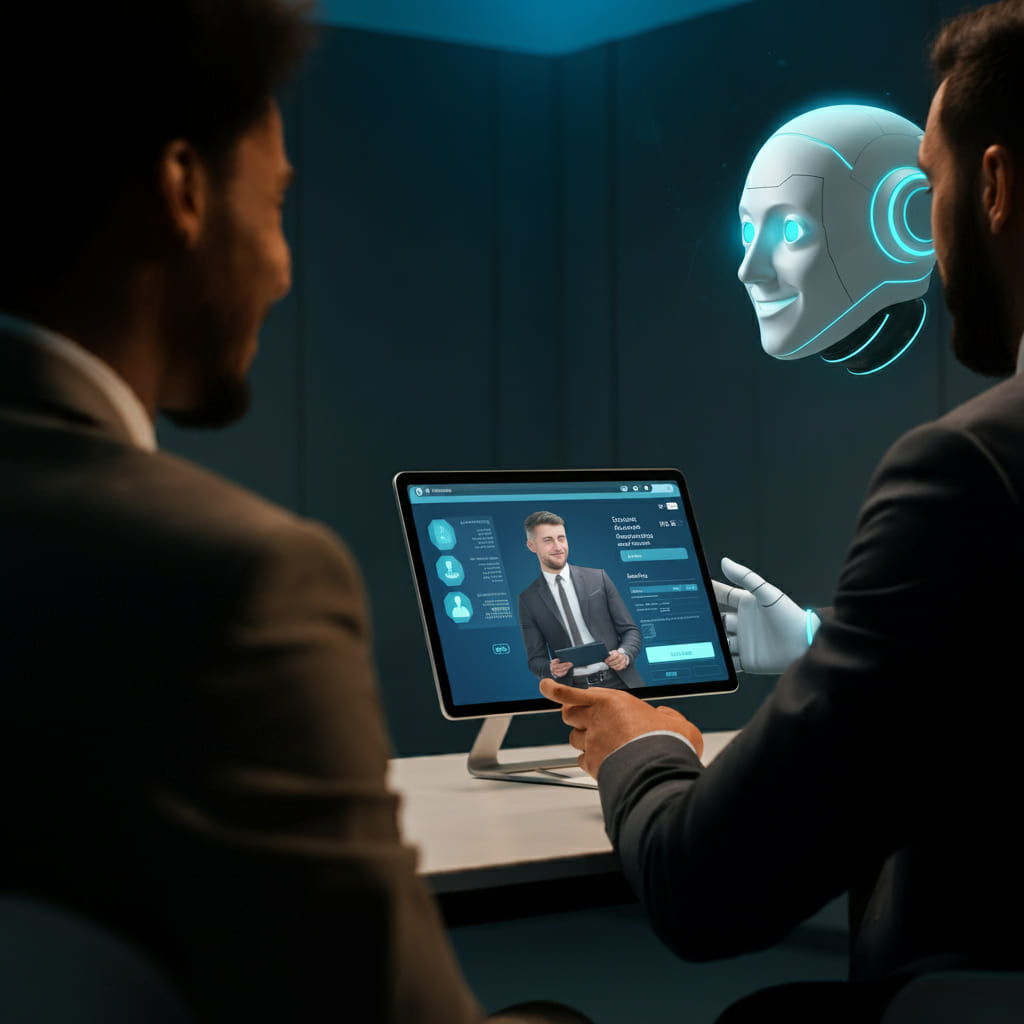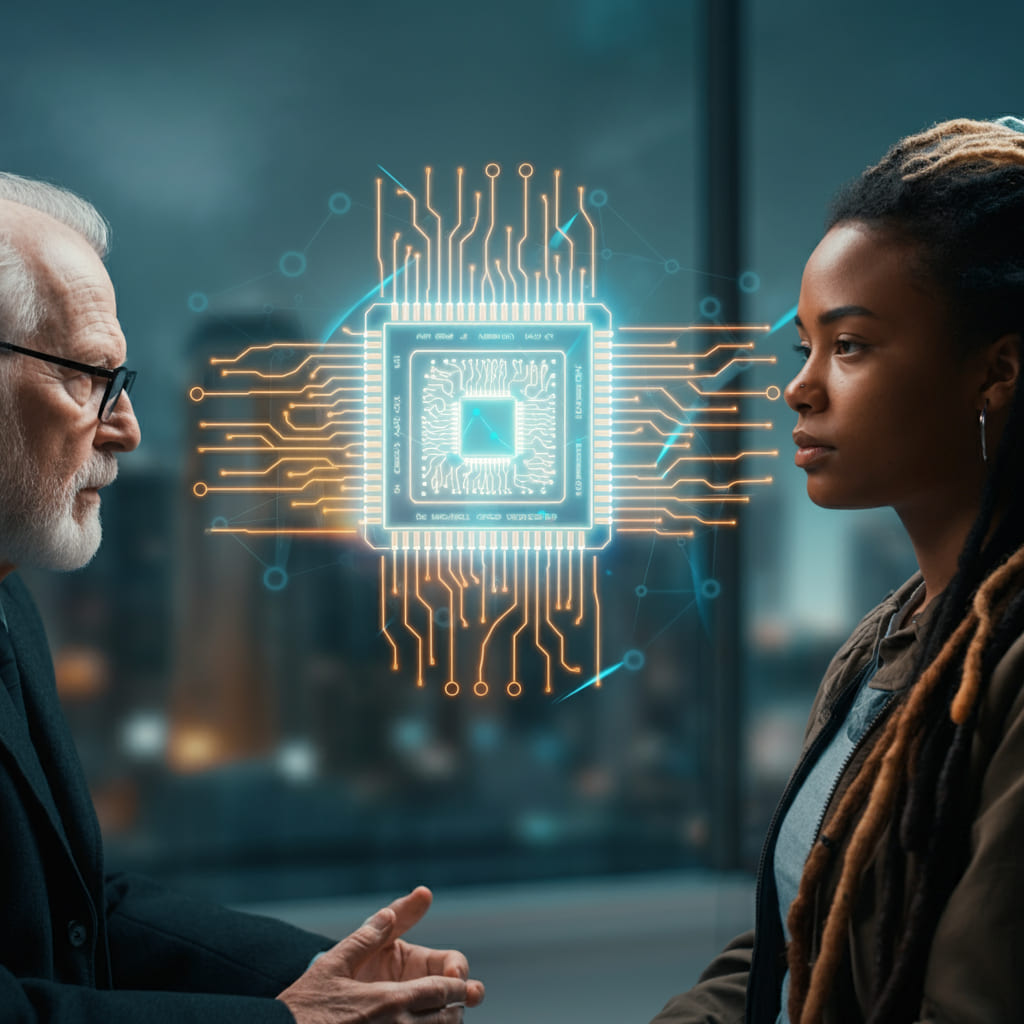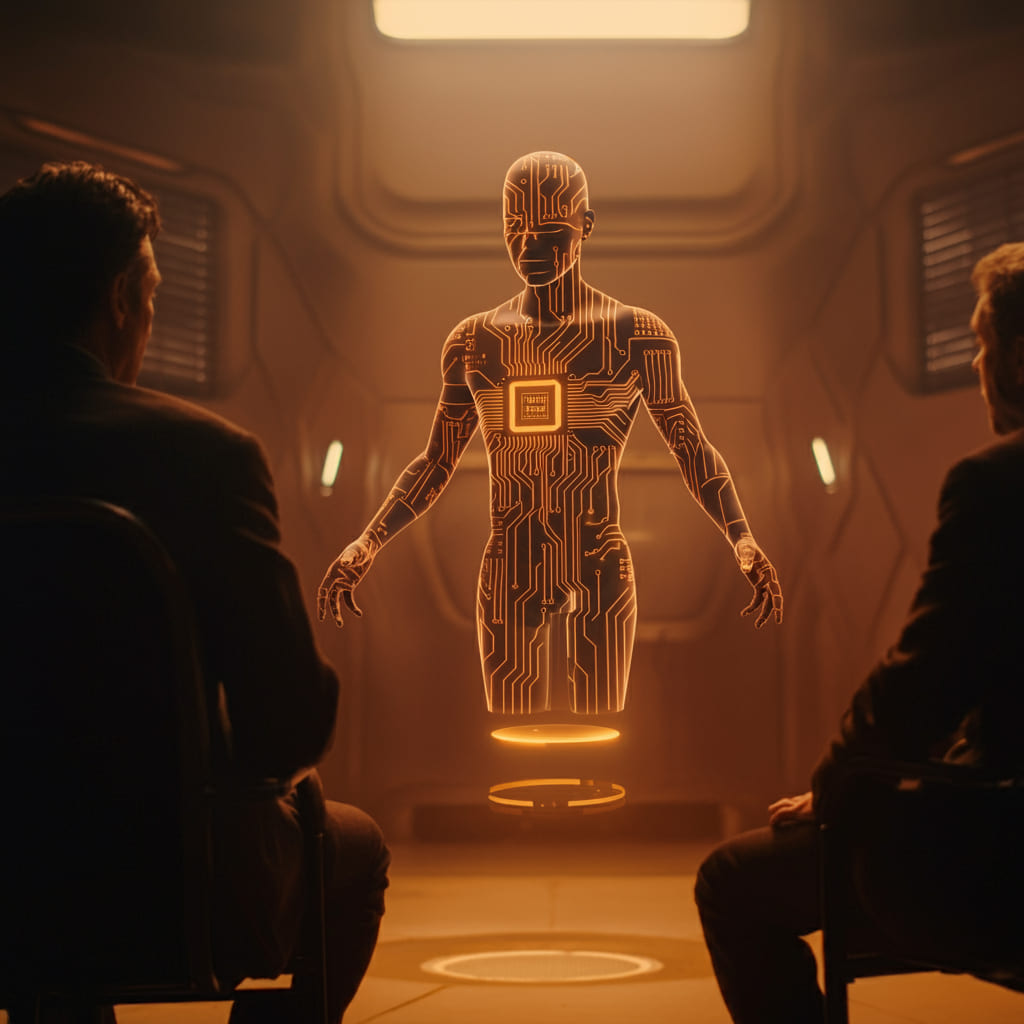By Sarah Bajaber
The emergence of artificial intelligence (AI) in the 21st Century has played a pivotal role in transforming industries for the better, completing tasks and research much faster and being efficient than the regular human workforce. As its accessibility rose, the question of whether it could replace humans entirely was a highly debated topic. It was eventually settled that, AI cannot replace the workforce in fields where emotional consciousness and awareness are required, mediation being one of them. Mediation is an informal form of dispute resolution where a neutral third party facilitates discussions between disputing parties in order to reach a common ground. The process requires empathy, emotional awareness, and a nuanced understanding of the self to identify the parties’ needs and interests.

The Role of Emotion in Mediation
A core aspect of mediation is emotional intelligence and self-awareness to discern the party’s emotions to outline their interests and needs. Most important, however, is empathy. A skill and trait in which a mediator requires in order to ensure the party feels understood and heard, establishing a rapport that enhances communication and trust. It is through these skills that a mediator can then successfully facilitate a discussion towards conflict resolution. Up until the development of OpenAI and ChatGPT, the general consensus was that artificial intelligence cannot recognize or interpret human emotions thus has no place in mediation. The party’s need to feel ‘heard’ and ‘understood’ could not be done by a machine that has no understanding of human emotions.

Artificial Emotion in AI
As mentioned above, the general consensus was that artificial intelligence cannot develop the capacity to understand, recognise and respond to human emotion, as they are diverse and overlap with certain cultural, power, and gender-based dynamics. However, a new phenomenon has arisen, namely ‘artificial emotion’, where AI has developed the ability to recognize, interpret and simulate human emotions due to analysing facial expressions, tones of voice and text-based sentiments. These simulations allow AI systems to recognize patterns in human emotion, where it can proceed to develop the appropriate emotional responses that create an illusion of emotional awareness and empathy.

Additionally, certain branches of AI are actively developing means to analyze body language and detect verbal and non-verbal cues to provide more attuned responses to parties. According to Conciliation Resources, Accord Issue 30, this along with conversational AI has the potential to aid and participate in situations where emotion-driven communication is essential; such as mediation. Moreover, research done by the University of Manchester and the University of Helsinki illustrated that ChatGPT outperformed humans in ‘emotional awareness tasks’ through a study published in May 2023.
The Role of Artificial Intelligence in Mediation
As AI continues to develop models of emotional recognition and awareness, its integration into mediation seems inevitable. According to Harvard Law School, AI can be involved in mediation as a means to pose questions that will identify the parties’ interests and propose offers, as well as predict the likelihood in which these offers will be accepted. A study published in the Proceedings of the National Academy of Sciences indicated that parties felt ‘more heard’ when they received AI-generated messages responding to their emotions compared to messages received from untrained humans. This pivotal breakthrough highlights the places of AI in mediation. The extent of AI’s emotional capabilities can also be observed through prompting ChatGPT with matters of dispute resolution. For instance, asking GPT to reality test certain solutions and align them with the parties’ expectations results in a curated list of how certain solutions will not be probable in the long term. GPT’s use of social cues and empathetic nature is a persuading one, creating an illusion that is aware of the solution and empathizes with the party.

Additionally, AI was observed to offer more emotional support than humans, where it was able to detect emotional nuances and respond with an optimistic tone that ‘lessened’ distress, creating a more positive surrounding for the parties. The study stated, “Ironically, AI was better at using emotional support strategies that have been shown in prior research to be empathetic and validating”. The same study, however, indicated that the parties who were aware that their messages were AI generated felt ‘less heard’ due to the belief that their issues were not fully understood”. According to Harvard Law School, AI may not be practical when helping parties to cope with strong emotions. The way in which AI can manage emotions may fuel the tension rather than come to a solution.
Regardless of AI’s emotional capacities, its role in mediation is diverse and not restricted to processing emotional cues. AI can analyze large volumes of data, thus helping mediators in analyzing documents and data. The use of AI in mediation enhances impartiality and fairness, and they aren’t influenced by personal bias or emotion, thus making suggestions and decisions in a manner that is fair and efficient for all parties.
Conclusion
Mediation is a means of dispute resolution that considers certain social and emotional cues to facilitate a discussion. Contrary to popular belief, AI is developing to become more aware of human emotions and navigating it thus, cement its future role in the mediation field as a means of data processing, and as a solution to the parties’ inability to come to a consensus. While the concerns of it taking over are valid, I believe a hybrid system can be reached where both human and AI mediation tools can work together to facilitate a solution.


